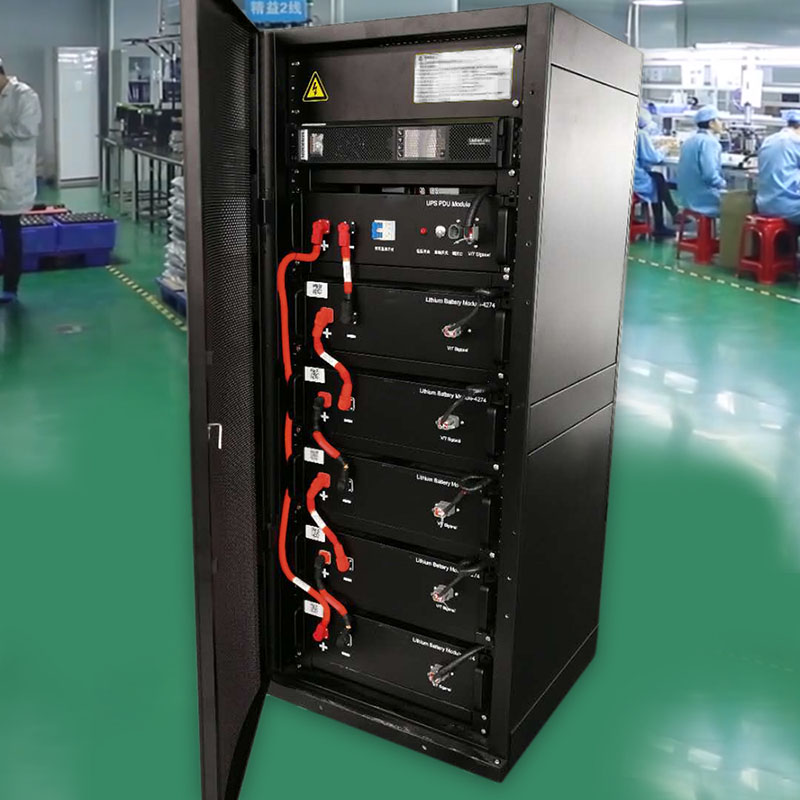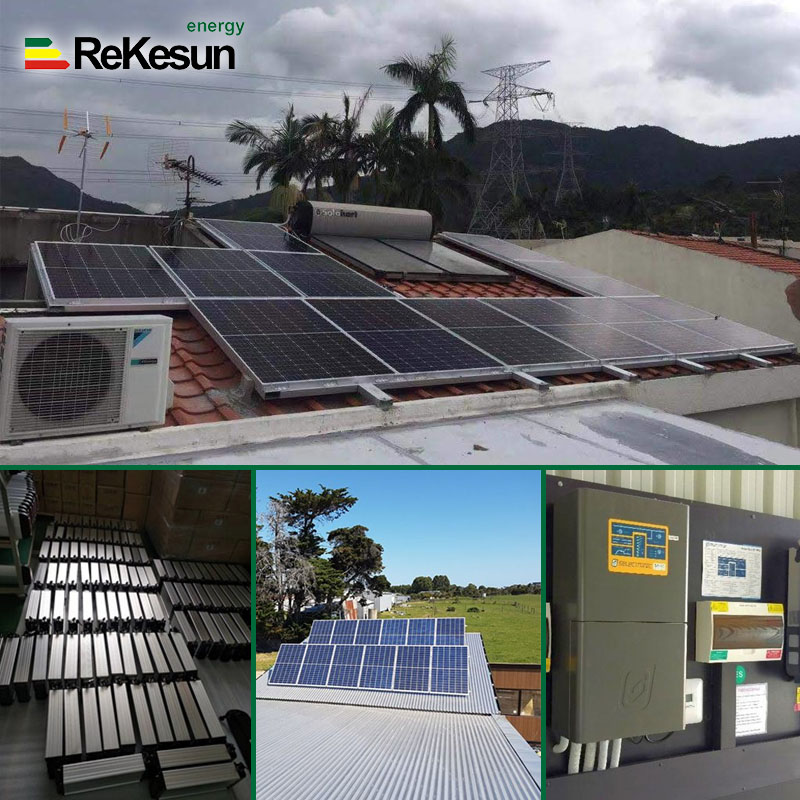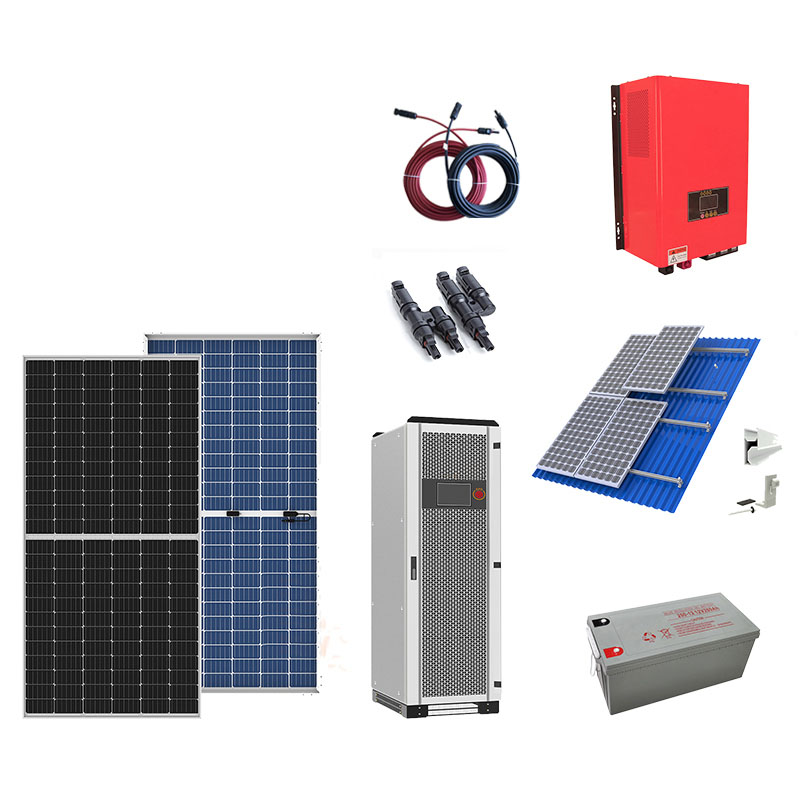What are the main components of a 100kw off grid solar system?
 Mar 31,2022
Mar 31,2022

 Rekesun
Rekesun
100kw off grid solar system: 304 300W single boards, 1 photovoltaic combiner, 1 100A solar controller, 1 100kW three-phase solar inverter, 1 set of flat top support, 1 set of photovoltaic cable + battery cable, Carry three 15kw factory matching machines (not three matching machines working together), some light computers and normal loads.
Photovoltaic off grid solar generation system is mainly composed of six parts: solar module, bracket, solar controller, off-grid inverter, battery and distribution box. The solar module, connected to the solar controller, first meets the user's load and then stores the remaining power in a battery for use at night and on rainy days. Most inverters can also support a commercial power input (or a diesel generator) as a supplement to power the load when the battery is dead.
The design of photovoltaic off grid solar power system is different from that of grid-connected generation system. It needs to consider the user's load, daily power consumption, local climate conditions and other factors. It is relatively complicated to choose different design schemes according to the actual needs of customers. In order to ensure the reliable operation of the off grid solar power system, it is necessary to do a preliminary customer demand survey. The design of photovoltaic off grid solar power system mainly includes inverter selection, module capacity design and battery capacity design.
Inverter selection: determine the inverter power according to the user load size and type
The power of the inverter is generally no less than the total power of the load. However, considering the service life and subsequent expansion of the inverter, it is recommended to reserve a certain margin for the inverter power, which is generally 1.2 to 1.5 times of the load power. In addition, if the load includes refrigerator, air conditioning, water pump, range hood and other similar motor induction load (motor starting power is 3~5 times of rated power). The starting power of the load should be considered, that is, the starting power of the load should be less than the maximum impact power of the inverter. The following is the calculation formula of frequency converter power selection for design reference.
Component capacity determination: Determine the component capacity according to the user's daily power consumption and light intensity
Some of the electricity generated by photovoltaic modules during the day is supplied to the load, while the rest is used to charge batteries. At night or when there is insufficient solar radiation, the energy stored in the battery will be released to the load for use. From this, it can be seen that the power consumed by the load comes from the electricity generated by the PV modules during the day when there is no commercial electricity/or diesel engine to supplement the power. Considering the different light intensity in different seasons in different regions, the capacity design of photovoltaic panels should also meet the requirements of the worst light season in order to ensure the reliable operation of the system. The capacity calculation formula of photovoltaic panels is as follows:
Battery capacity determination: determine the battery capacity according to the power consumption at night or backup time
The battery of photovoltaic off grid solar power system is mainly used for energy storage to ensure that the load can still work normally when the solar radiation is insufficient. For photovoltaic off grid solar power systems with significant load, the design of the battery capacity needs to consider the local maximum rainy day. Common photovoltaic off grid solar power systems do not require high load power supplies. Considering the cost of the system, load usage can be adjusted based on actual light intensity rather than rainy days.




 Home
Home

 Global solar and wind systems have grown at an average annual rate of 20% over the past decade
Global solar and wind systems have grown at an average annual rate of 20% over the past decade 







 syplighting.en.alibaba.com
syplighting.en.alibaba.com



